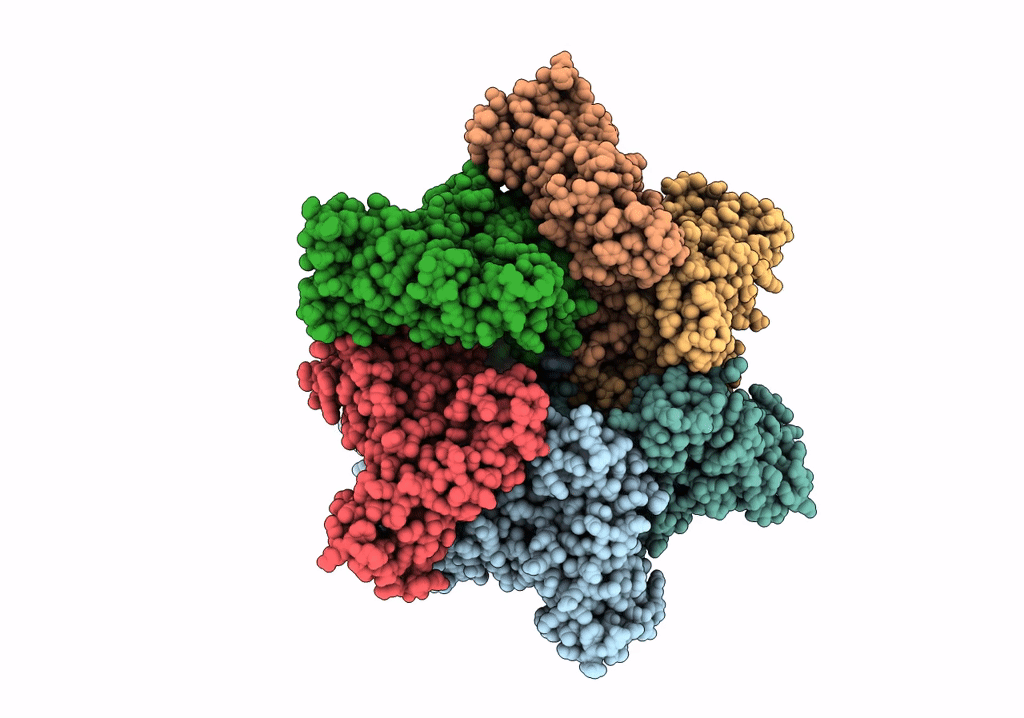
Deposition Date
2021-10-08
Release Date
2022-01-19
Last Version Date
2024-07-17
Entry Detail
PDB ID:
7PXB
Keywords:
Title:
Substrate-engaged mycobacterial Proteasome-associated ATPase - focused 3D refinement (state B)
Biological Source:
Source Organism:
Mycobacterium tuberculosis (Taxon ID: 1773)
Host Organism:
Method Details:
Experimental Method:
Resolution:
4.00 Å
Aggregation State:
PARTICLE
Reconstruction Method:
SINGLE PARTICLE


